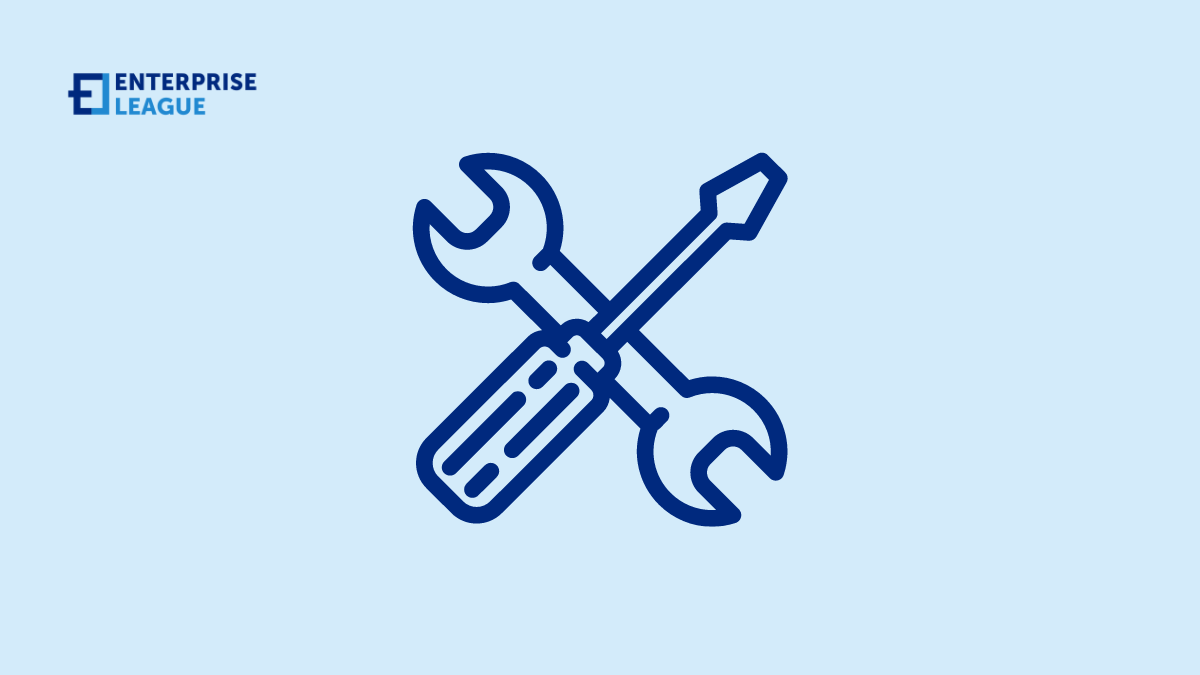Technology in field services: Enhancing efficiency from planning to execution
March 21, 2024

Technology has revolutionized field services by enhancing efficiency at every stage, from planning to execution. It has achieved this through advanced planning tools, route optimization, communication in real-time, remote diagnostics, augmented reality, integration with enterprise systems, etc. This guide explores the process of providing field services from planning to execution and explains how to make it more efficient so that you can stand apart from your competitors.
Real-time communication
Mobile devices and communication apps allow seamless real-time communication between field technicians and dispatchers. Technicians can receive job details instantly, update job statuses, and communicate with customers or colleagues, reducing delays and improving response times.
Advanced planning tools
Technology enables field service managers to use advanced planning tools that consider various factors such as technician availability, skill sets, geographic location, and historical data. This ensures that the right technician is assigned to the right job, optimizing resource allocation and minimizing travel time.
GPS and route optimization
GPS technology integrated with field service management software enables efficient routing and scheduling of technicians. Route optimization algorithms consider factors like traffic conditions and technician availability to minimize travel time and fuel costs, ultimately improving productivity. Few customers can tolerate delays. When choosing route planning software, look at whether it offers customizable routing options to accommodate specific business requirements. Common ones are setting priority levels for certain tasks or incorporating multiple stops per route. Flexibility in adjusting routes based on real-time changes or customer preferences is also crucial.
Augmented reality (AR)
AR technology allows technicians to access real-time guidance and instructions overlaid onto physical equipment through smart glasses or mobile devices. This enhances troubleshooting efficiency, especially for complex machinery, by providing visual cues and step-by-step instructions.
Predictive maintenance
By using ML algorithms and predictive analytics, field service management systems can analyze equipment data to predict potential failures before they occur. This proactive maintenance approach helps prevent costly breakdowns, reduces downtime, and extends equipment lifespan.
Remote diagnostics
With the rise of IoT (Internet of Things) devices and sensors, technicians can remotely diagnose equipment issues before even arriving on-site. This proactive approach reduces downtime and enables technicians to come prepared with the parts and tools they need, improving first-time fix rates.
These devices work by collecting data from the physical world, transmitting that data over the internet or a network, and often performing actions based on that data. Their sensors can detect various environmental parameters or physical conditions. Depending on the specific application, they can have temperature, humidity, motion, light, and pressure sensors.
When a sensor detects a change or a specific condition, it generates data in the form of analog or digital signals. This data is then processed by the IoT device’s onboard microcontroller or processor.
Digital work orders
Traditional paper-based work orders are replaced with digital forms accessible via mobile devices. Technicians can quickly fill out work orders, capture photos or videos, and obtain customer signatures electronically. This streamlines administrative tasks, reduces paperwork, and ensures accurate record-keeping.
Integration with enterprise systems
Field service management software seamlessly integrates with other enterprise systems, such as CRM (Customer Relationship Management) and ERP (Enterprise Resource Planning), ensuring data consistency and enabling better decision-making across the organization.
Customer portals
Technology enables the creation of customer portals and self-service options where customers can schedule service appointments, track technician arrivals, and access troubleshooting guides or FAQs. This empowers customers, reduces call volumes, and enhances overall satisfaction.
Data analytics for continuous improvement
Field service organizations can identify trends, optimize processes, and continuously improve service delivery by gathering and assessing data on key performance indicators such as response time, first-time fix rate, and customer satisfaction.
More must-read stories from Enterprise League:
- Proven and tested psychological tactics for successful marketing.
- Foretelling: transform your business by predicting future trends.
- Best marketing tools for startups that are worth trying.
- Tactics for using TikTok marketing for your small business successfully.
- Learn how to deal with rude customers in a creative way.
Related Articles
How cloud technologies are revolutionizing small hospitality businesses
So let’s rifle through the perks cloud technologies provide and give you the motivation to move forward with the next phase of digital transformation.
The deep psychological effects of sales and advertising
In this article we will explore the deep psychological effects of sales and advertising that average person is exposed to on daily basis for commercial gain.
28 most exciting media startups to follow closely (2024)
Check out these 28 most promising media startups that are making the media industry more engaging, interactive, and enticing for the worldwide audience.
How cloud technologies are revolutionizing small hospitality businesses
So let’s rifle through the perks cloud technologies provide and give you the motivation to move forward with the next phase of digital transformation.
The deep psychological effects of sales and advertising
In this article we will explore the deep psychological effects of sales and advertising that average person is exposed to on daily basis for commercial gain.





